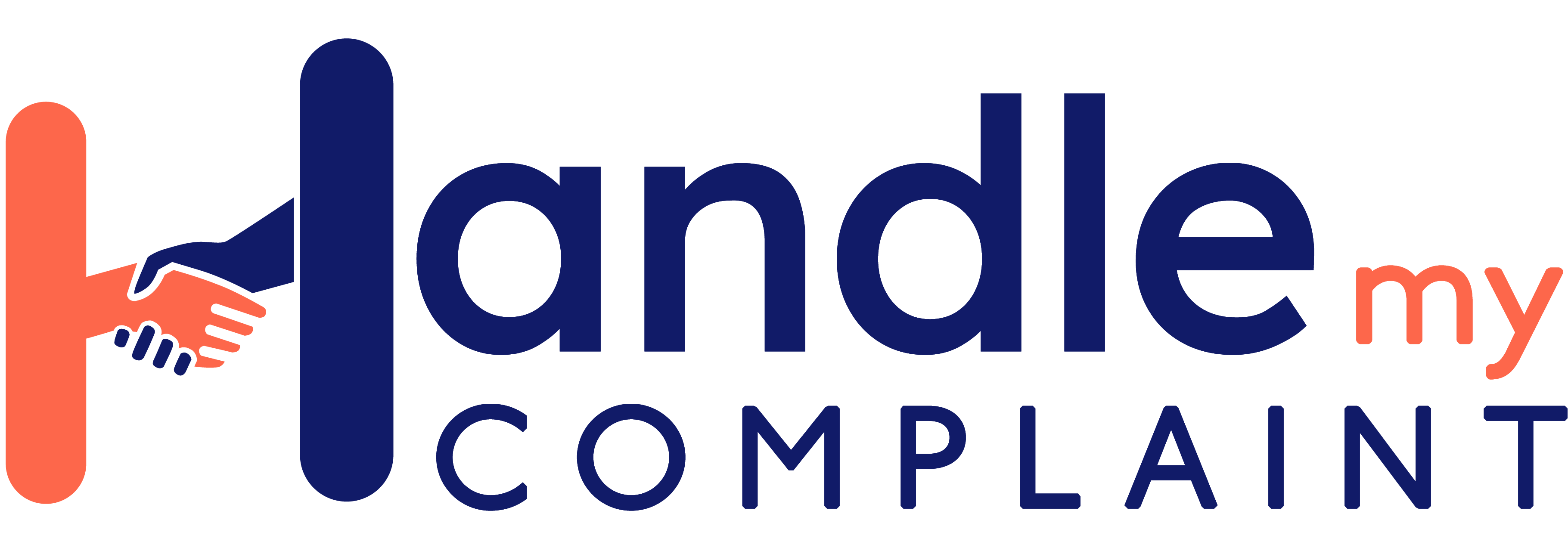
Sick of scam text and calls? It’s time to take charge
We’ve all received one. Chances are, most of you have received more than you can count. Spam calls and texts are insidious. Many of us just find them irritating and delete them or refuse to answer phone numbers we don’t recognise.
But invariably, these spam calls and texts are also scams.
They can be something as seemingly innocent as a text telling you that your credit card is overdrawn or to check the delivery date of a parcel. But if you’re busy and click on the accompanying link without reading properly, you could be opening a Pandora’s Box of problems.
You could also receive a phone call that frightens you into thinking you’re looking at a jail sentence for the thousands of dollars you owe the ‘Australian Tax Office’ (ATO). Or someone telling you that the police are looking for you for an accident that, if you weren’t so panicked, you know you couldn’t have possibly had.
If you feel like there are even more of these than ever, you’re right. The Australian Competition and Consumer Commission (ACCC) says scam calls have been increasing for years. And while telcos have blocked a staggering 549 million scam calls since the inception of the Reducing Scams Calls Code in 2020, it’s still a problem, particularly via text messages.

As we head towards Christmas, scammers are going to be ever more active, and busy people are likely to be even more distracted. So read on, and arm yourself with the knowledge to spot them and stop them in their tracks.
What are scam calls and texts?
What is the difference between spam and a scam?
The simple answer is that spam is any unsolicited messages from a legitimate business promoting themselves, but you’re unaware of how they got your details.
Scams, on the other hand, are fraudulent. So a scam call or text attempts to con you out of money or your personal information using deception.
Scammers will often try to create a sense of urgency, so you don’t have time to think about what you’re doing. They might say there’s a problem with your bank account or that you must act now to avoid being fined. These fraudsters might also try to create a sense of fear by saying the police are looking for you or that you will be arrested.
Some will play on your goodwill, pretending to be from a charity or saying you’ve won a prize. Others will try to exploit your curiosity by saying they have some juicy gossip or personal news.
Still, others will pose as a credible organisation, like your bank, the ATO or Telstra, and try to trick you into giving them personal information or money.
Who sends them, and why do we receive scam calls and texts?
There are a few different ways that scammers get your phone number. They might buy a list of numbers from other scammers, they might find them online or they might generate them randomly.
Once they have your number, they can use an automated dialling system to send out thousands – or even millions – of calls or texts in the hope that someone will bite.
The other possibility is that the scammer is using what’s called ‘spoofing’ to make the call or text look like it’s coming from a legitimate organisation. They might use a local area code, so you think it’s someone from your town, or they might use the same number as your bank.
Scammers do this because it’s easier to trick someone if they think they’re talking to a familiar organisation. And it’s getting harder to spot, with technology making it possible to fake a phone number, a name, and even a voice.

Scam calls and texts can be dangerous because they’re designed to trick you into doing something you wouldn’t normally do.
While a scam call or text can’t hack into your phone, if you respond to a scam text and click on a link, you might download malware that could give the scammer access to personal information stored on your phone.
Or if you call a number back after receiving a missed call from a scammer, you might be charged a premium rate.
So while they can’t hack into your phone directly, they can still cause problems if you’re not careful.
Scam calls and texts in numbers
In the nine months to September 2022, Australians lost $425 million to scams, with $292 million of that coming from investment scams.
In the same period, there were 166,047 reported incidents of scam attempts, and 12.4 percent of these people reported losing money.
The most common type of scam was an offer of investment, followed by false billing and then online shopping scams.
Sadly, no one demographic is more likely to be targeted by scammers. However, certain groups of people might be more vulnerable to scams, such as those experiencing financial hardship or who are lonely or isolated.
Older Australians could also be more vulnerable. They might not be as familiar with how scams work and might be more trusting. According to the latest Scamwatch report, more than 25 percent of the reported financial losses are from Australians 65 years or older.
How to recognise scam calls or texts
There are a few things to look out for that might indicate a call or text is a scam:
-
- You don’t know the number. If you don’t recognise the number, be wary of answering. Scammers often use spoofed numbers, so it might look like it’s coming from a legitimate organisation.
- The caller is trying to rush you. Scammers will often try to hurry you along, so you don’t have time to think about what they’re saying. They might also try to keep you on the phone for as long as possible so they can keep up the pressure.
- They’re asking for personal information. Be careful about giving out personal information, such as your bank details or date of birth. Legitimate organisations will usually already have this information on file.
- The caller or texter is asking for money. This is a big red flag. Legitimate organisations will never ask you to pay by wire transfer or cryptocurrency.
- The website or email looks fake. If you’re asked to click on a link, be sure to check the URL first. Scammers will often create fake websites that look similar to the real thing.
- They’re using high-pressure tactics. Scammers might try to scare you into doing what they want by saying you’ll be in trouble if you don’t comply. They might also try to flatter you or make you feel special.
What to do about scam calls or texts?
If you receive a scam call or text, the best thing to do is to ignore it and delete it.
Don’t respond to any requests for personal information or money. And certainly, don’t click on any links or call any numbers. If you've already answered the call, hang up immediately.
If you’re unsure whether a call or text is a scam, you can check with the organisation that it claims to be from.
To avoid dealing with scammers and spammers in the future, block them. Here are some ways to do this:
-
- Check with your phone company if they offer blocking services.
- Install call blocker app: Several apps are available for iOS and Android devices that can help screen calls and protect your privacy. If you’re using Pixel, use its built-in blocking feature.
- Add your phone number to the Do Not Call Register. This will stop most telemarketers from being able to contact you. The Do Not Call Register is maintained by the government. It contains a list of numbers that telemarketers are not allowed to call. You can sign up for the register by:
- Visiting the Do Not Call Register website
- Calling 1300 792 958
- Filling out the online form
Once you’re registered, your number will be added to the list within 30 days.
It’s important to note that the register won’t stop all unsolicited calls. There are some exceptions, such as calls from charities, political parties and market research organisations.
What authorities are doing to stop scam and spam
The government, particularly the Australian Communications and Media Authority (ACMA), is working to eliminate scam calls and texts by:
-
- Working with phone companies to develop new systems to block scam calls and texts
- Educating consumers about how to identify and report scams
- Pushing for stronger penalties of up to $250,000 for telcos if they are found violating the new SMS scam code and companies that spam consumers, such as what happened to Sportsbet.
Meanwhile, Home Affairs is looking at giving telcos stronger “blocking power against malicious messages”. For their part, telcos, specifically Telstra, are “actively blocking scam calls at a network level”.
How to report a scam call or text
If you receive a scam call or text, you can report it to the ACCC’s Scamwatch website. It’s a government body dedicated to dealing with scam calls and texts.

Report the scam to the company or organisation that the scammer was pretending to be from. They can send out an alert to warn their customers.
You could also report the scam to your phone company or the provider of the text/call blocker app you’re using.
What to do if you’ve been scammed?
If you think you might have been scammed, it’s important to act quickly.
First, contact the company or organisation that the scammer was pretending to be from. They will be able to confirm if the contact was legitimate or not.
You should also contact your bank or financial institution immediately. Ask them to cancel any payments that have been made and to protect your account from being used for future scams.
Finally, you should report the scam to the ACCC’s Scamwatch website. This will help them investigate the scam and warn other people about it.
Awareness is the key
Even if you follow all our suggestions above, it is unlikely that you will be able to completely prevent scam calls or texts. But armed with this information, and taking the necessary steps yourself, they will be less of a problem. At the very least, you will be able to identify them more easily.
However, scammers are increasingly sophisticated. And unfortunately they find their way around the technology we love to use to make it work for them, too. If you fall victim to a scam call or text, we might not be able to get your money back, but we can help raise awareness to warn others. Lodge your complaint with us and we’ll get to work.






